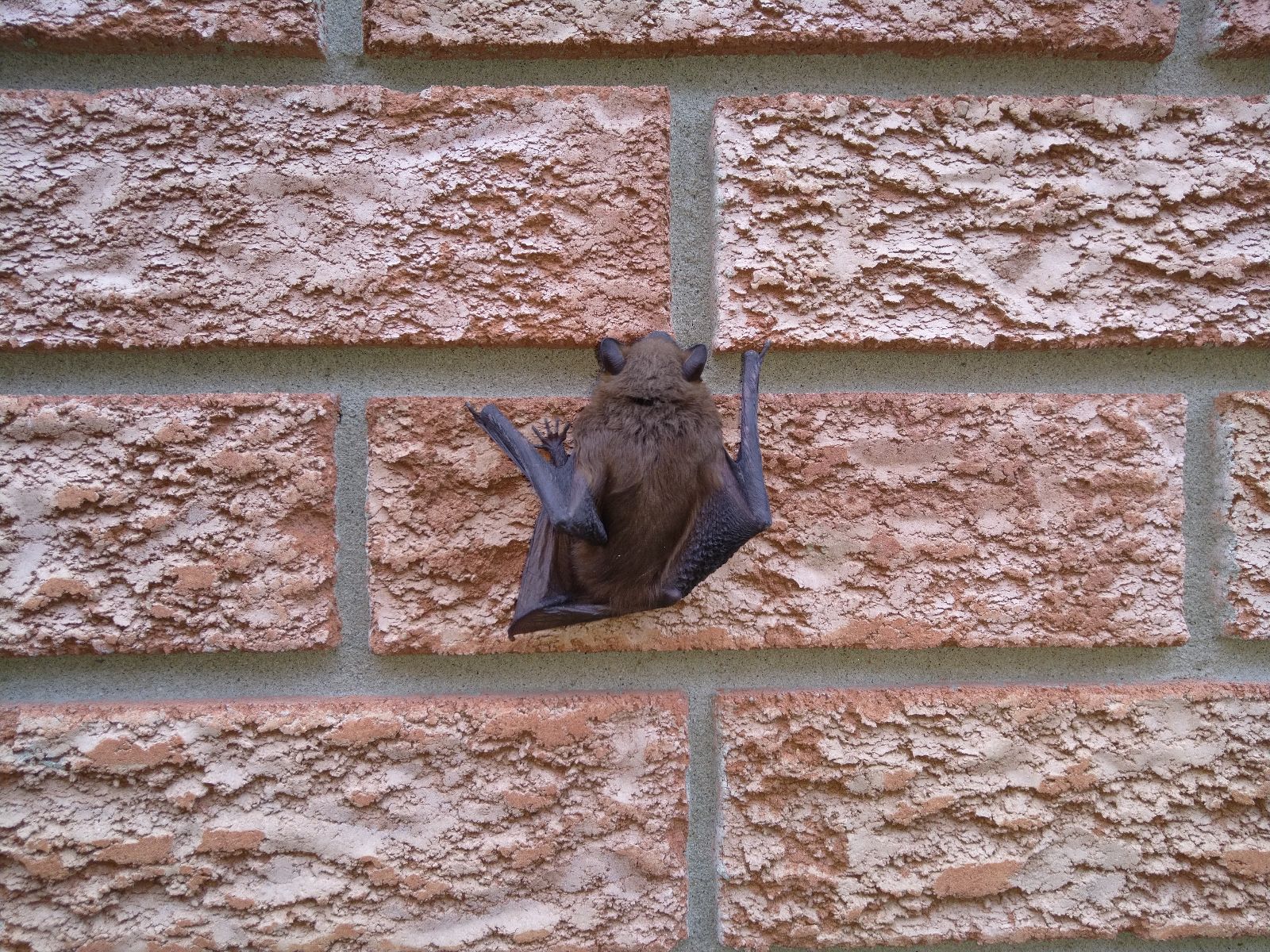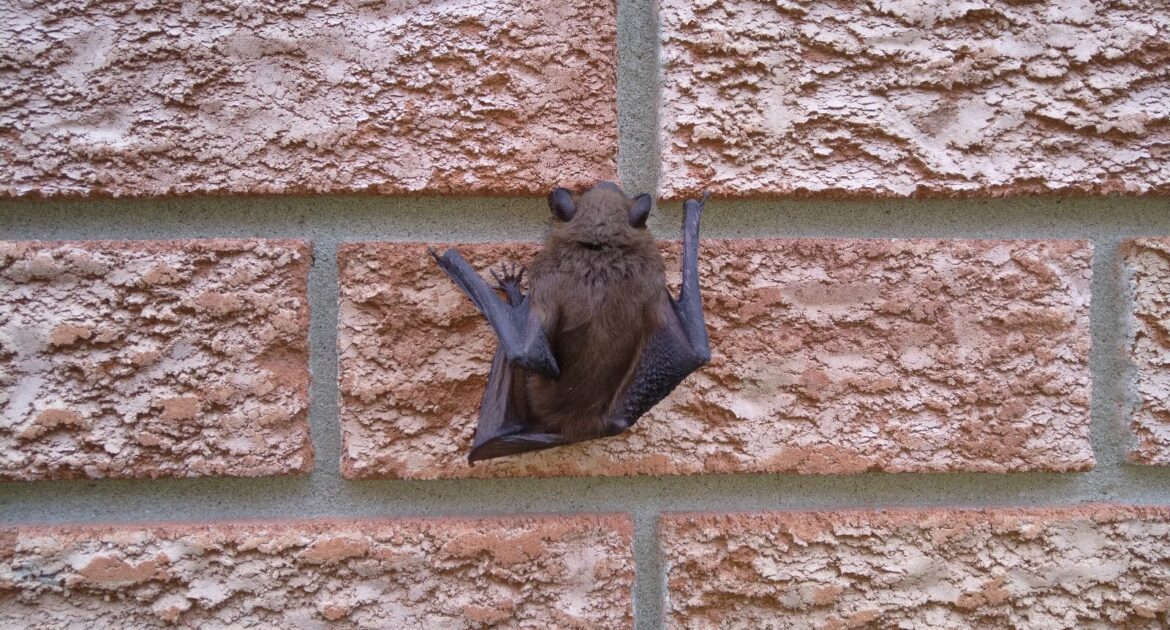When bats aren’t flying around looking for food, they roost, e.g., sleep hanging upside down. A bat roost, then, is a place where bats have chosen to spend their inactive hours. During different seasons, bats use different roosts that need to meet certain criteria to keep the bats safe and healthy. If there is a roost in your home, you need professional bat removal in Ottawa. It isn’t healthy for either species to live so close to one another, but attempting to remove the bats yourself isn’t advisable either.
Where Are Bats Likely To Roost on Your Property?
Bats aren’t like birds that can do a standing take-off from the ground. Bats need to be up in the air already to take off and fly, so they choose roosts that are high up off the ground. Different species of bats have their own roosting preferences.
Some species, particularly those that migrate to warmer climates in the winter, prefer to roost in trees. If you have trees on your property, there is a chance you may find bats roosting there. This usually doesn’t cause a big problem for homeowners.
Other species, especially those that hibernate in the winter, prefer to roost in caves and other small, dark, enclosed spaces. These types of bats are more common in Canada and more likely to be found in human homes. To a bat, an unfinished attic strongly resembles a cave and is high off the ground so they can fly in and out easily. Therefore, this is where you are most likely to find them if they are roosting in your home.
How do bats get in a house? Bats are able to squeeze through very small spaces, so if there are gaps between the soffit and the wall or holes in roof vents, these are possible entry points for bats.
What Kind of Bat Roosts Are There?
All bat species make maternity roosts. Pregnant female bats find a warm, dark, safe, place, such as an attic, to gather together to give birth and raise their babies, called pups. The length of a bat’s pregnancy can vary based on factors such as food availability and weather, but bats give birth sometime in the summer. After the babies are born, it is another four to five weeks until they are old enough to fly and find food on their own. Bat removal can’t take place until the pups are old enough to be self-sufficient. Otherwise, they will become stranded in the house and die.
Nonmigratory bats also make roosts in the winter in which to hibernate. During hibernation, a bat’s metabolism slows down significantly to conserve energy. Hibernating bats roost closely together to share their body heat, but it is important that the hibernation roost, or hibernaculum, maintain a consistent temperature to keep them warm. For this reason, attics often seem like an ideal hibernaculum to many bat species. In fact, some bat species particularly seek out human buildings for roosts over caves and other naturally occurring roosting sites.
What Should You Do if You Suspect That Bats Are Roosting on Your Property?
If you observe possible signs of bats in the house, such as feces, an unexplained smell, or holes or gaps in your home’s exterior, especially near the roof, you should call the professionals for Skedaddle to confirm their presence. You shouldn’t go looking for bats yourself. Frightened bats may bite and are frequent carriers of rabies. Bat feces also contain dangerous pathogens; it is better to avoid the risk of breathing them in.
Once our technicians confirm the presence of bats in your home, we will work with you to formulate a plan for their removal. Harming bats is illegal because some species are endangered or threatened. Our technicians are trained to remove bats in compliance with applicable laws, so it is better to leave bat removal in Ottawa to us.




